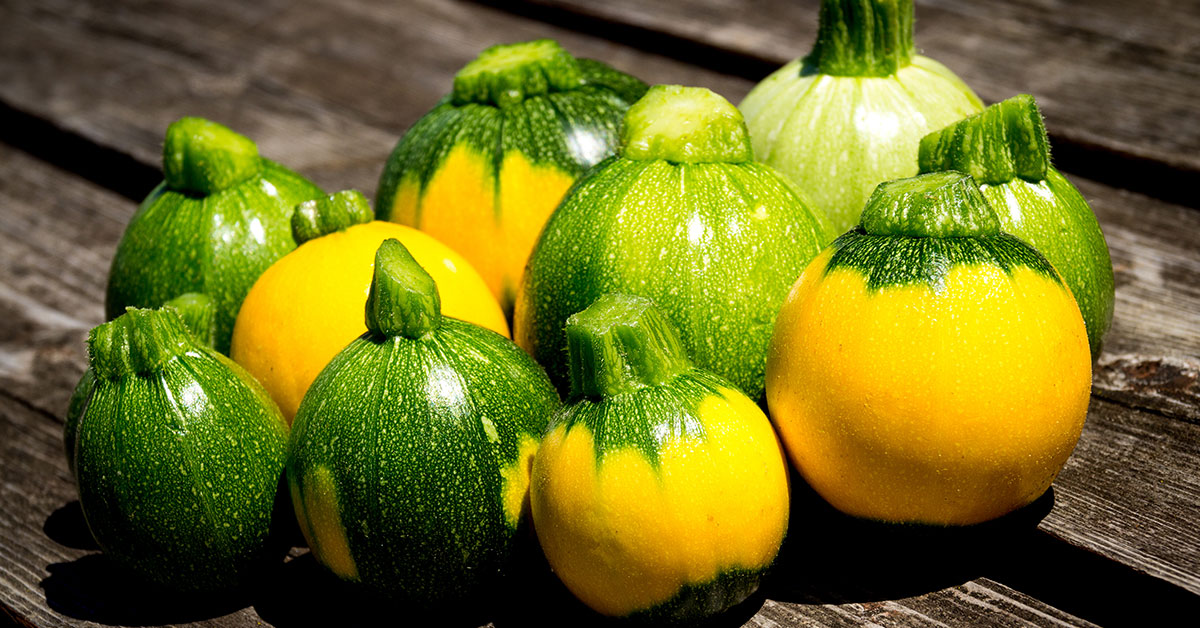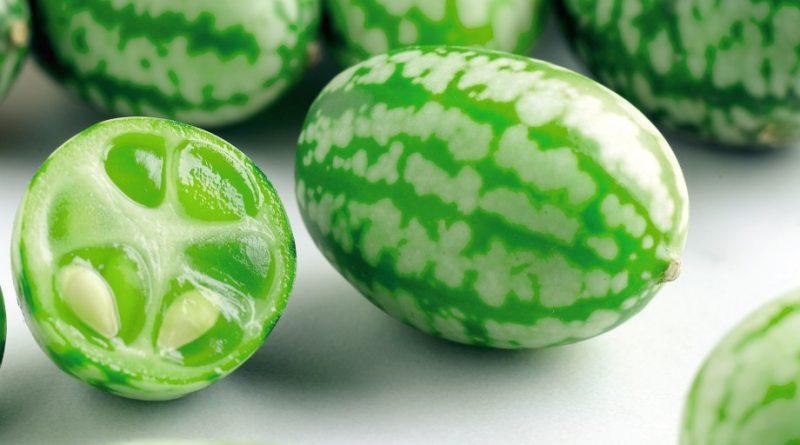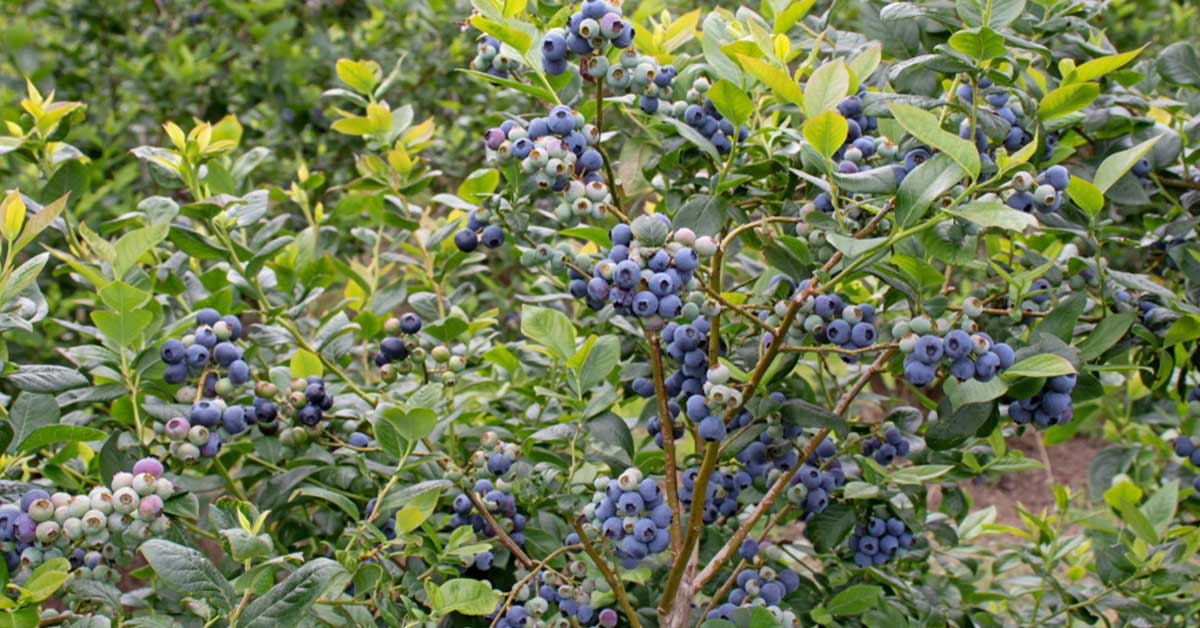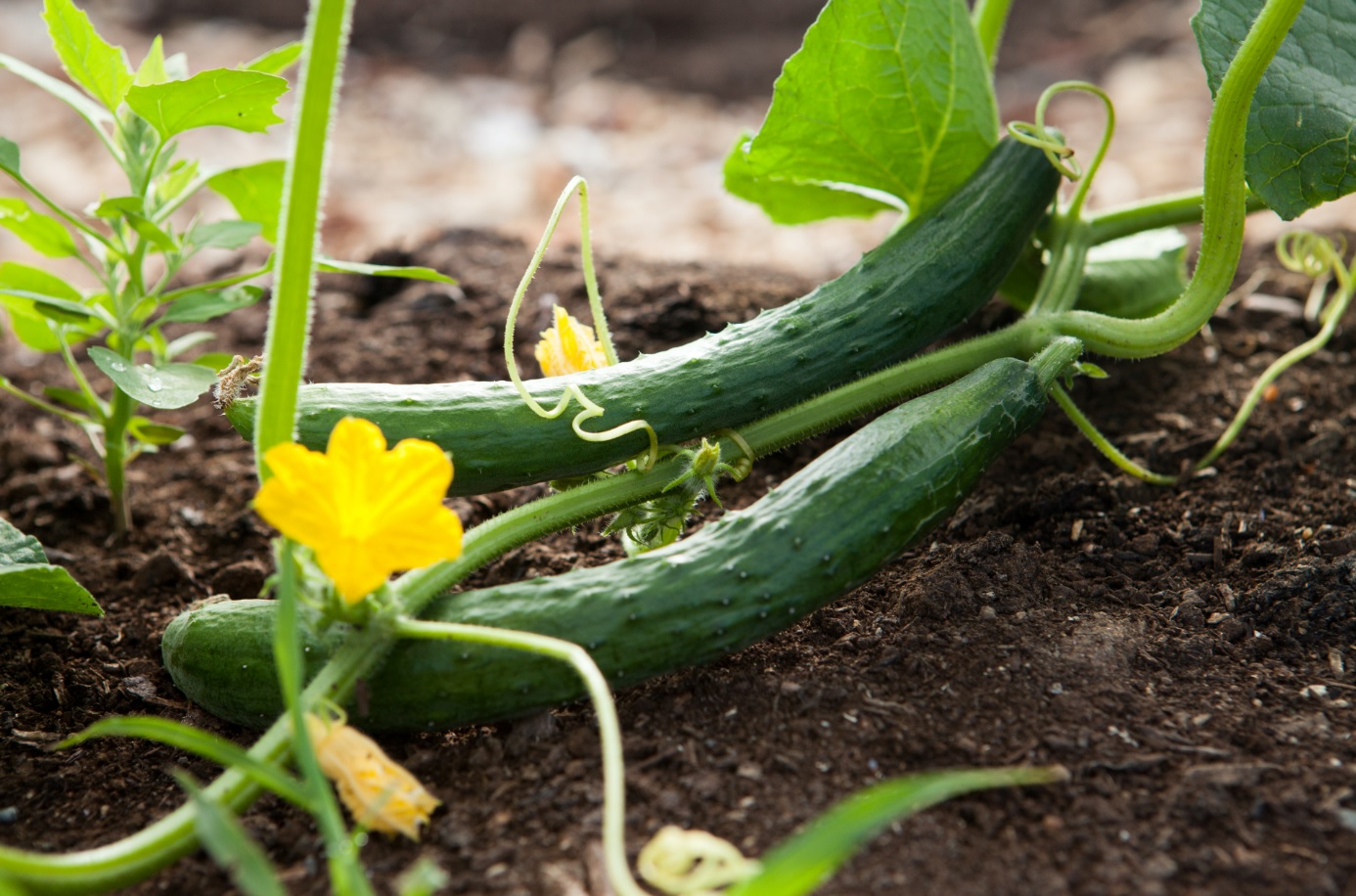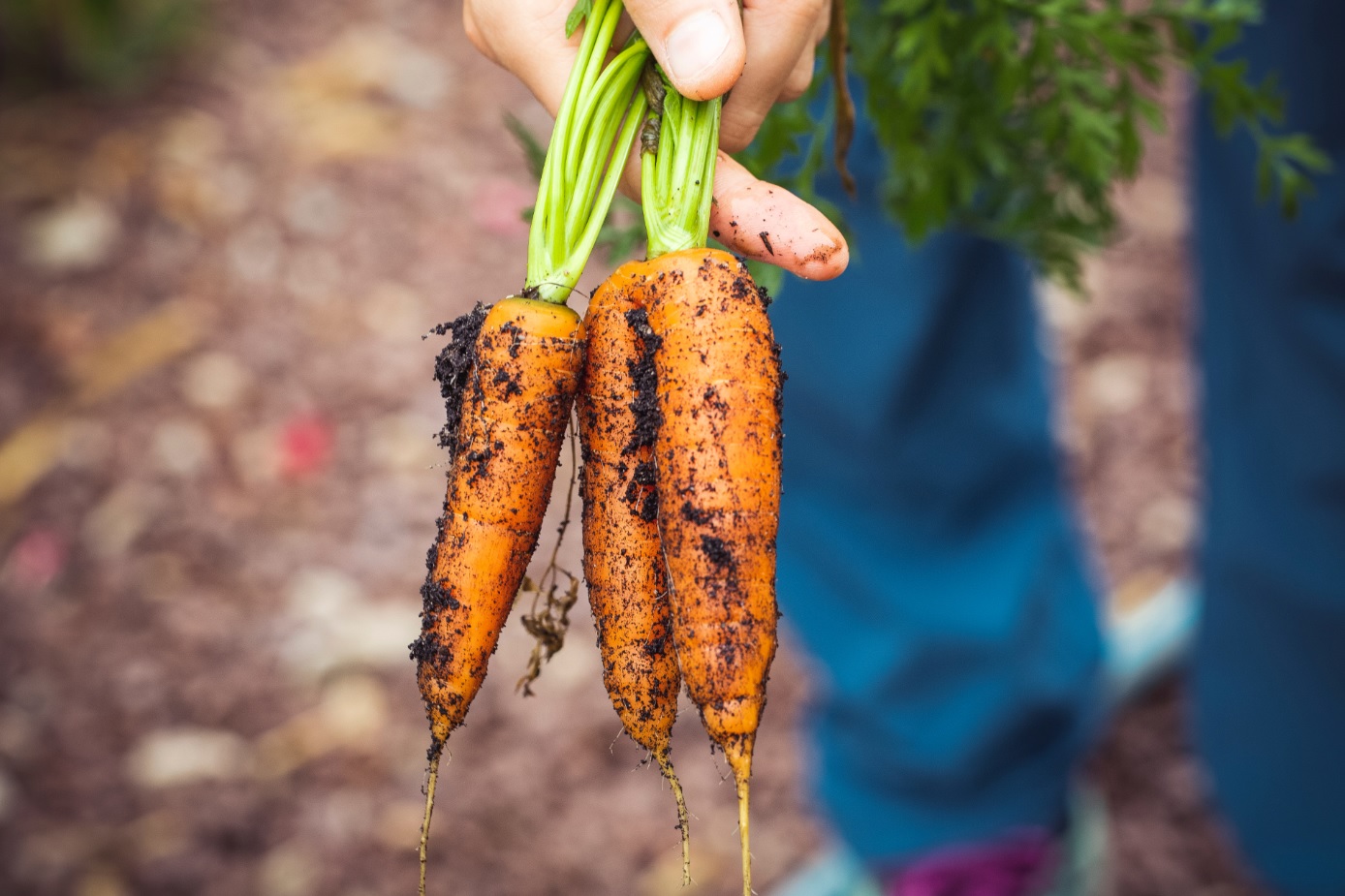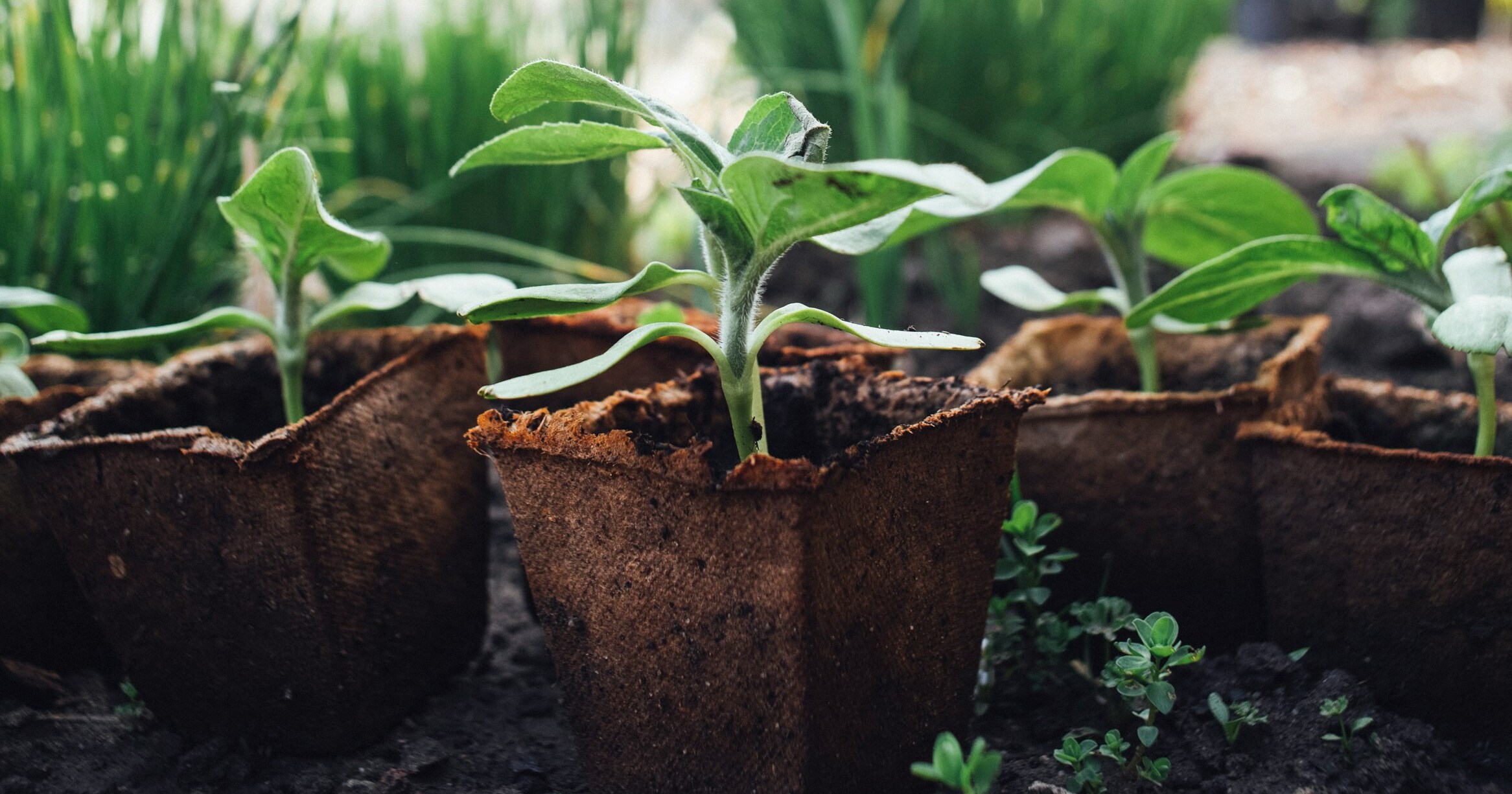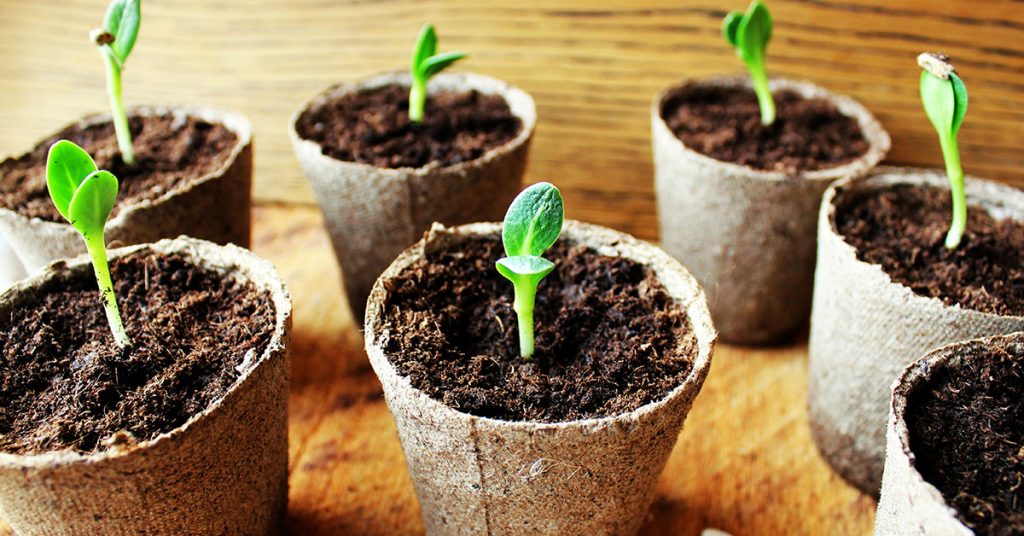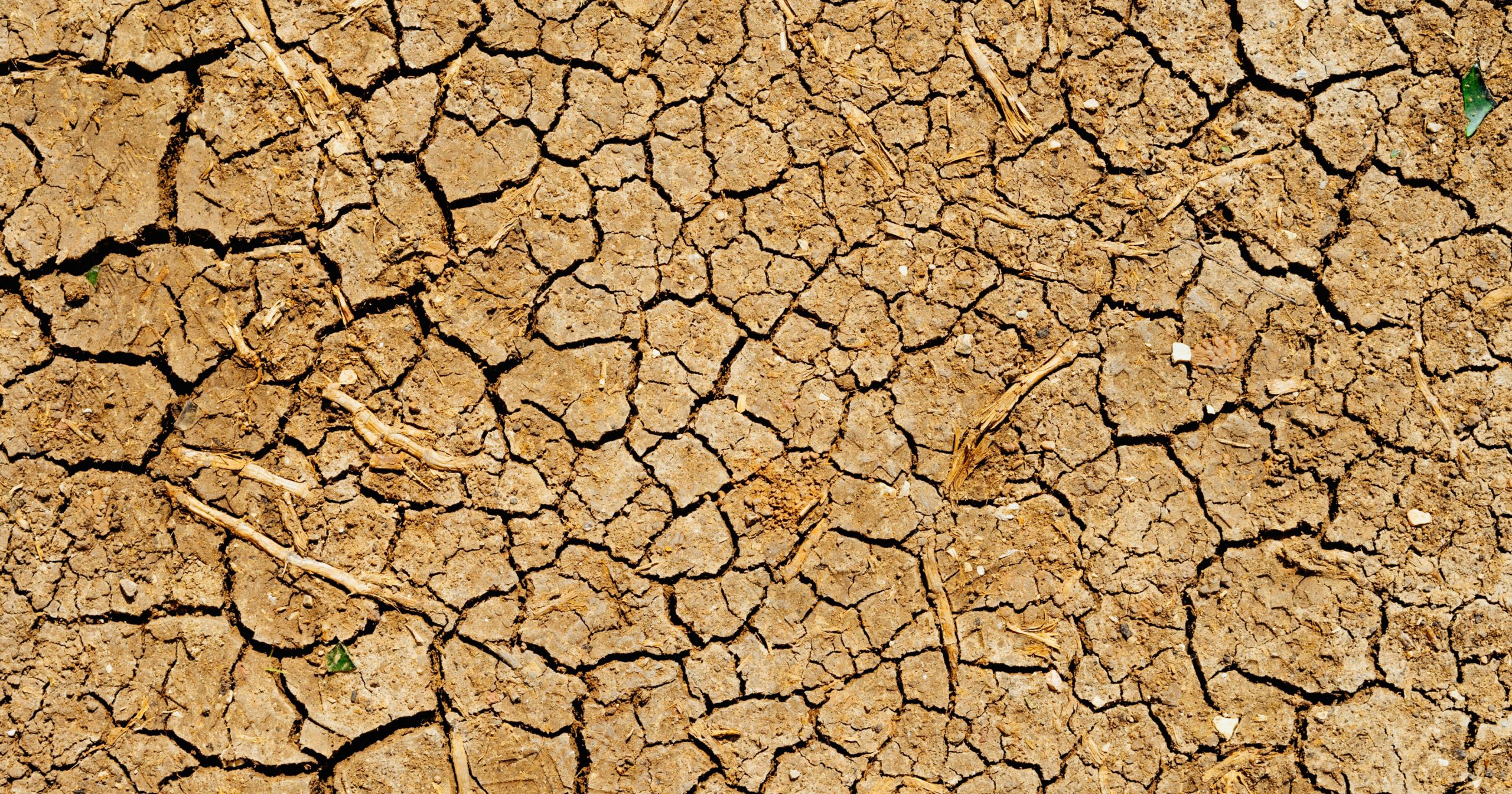The Caroline Raspberry is known for its exceptional flavor and ease of cultivation. Making it a must-have addition to any fruit lover’s backyard.
In this article, we will take you on a journey through the world of growing Caroline Raspberries, from selecting the perfect location to harvesting the sweetest berries.
What is a Caroline Raspberry?
Caroline Raspberry is a unique and highly sought-after variety of raspberry that is prized for its exceptional taste and vibrant color. Named after its creator, horticulturist Caroline Smith, this raspberry has quickly gained popularity among both home gardeners and commercial growers.
Caroline Raspberry is known for its large, juicy berries that have a sweet and tangy flavor with a hint of tartness. The berries are deep red in color, which adds a beautiful touch to any dessert, jam, or sauce they are used in. This variety is also known for its firm texture, making it perfect for both fresh consumption and cooking purposes.
One of the reasons why Caroline Raspberry is so beloved by gardeners is its ease of cultivation. This variety is known for its disease resistance, making it less susceptible to common raspberry ailments such as root rot or powdery mildew. It is also a vigorous grower, producing abundant yields of berries year after year.
Caroline Raspberry plants can be grown in various climates, but they thrive best in regions with cool summers and mild winters. They require well-draining soil, preferably with a pH level between 5.5 and 6.5, and should be planted in an area that receives full sunlight.
Harvesting Caroline Raspberries is a delightful experience, as the berries are easily detached from the plant when they are ripe. The ideal time to pick them is when they are fully colored and slightly soft to the touch. It is recommended to harvest them every few days to ensure the berries are at their peak of ripeness.
Whether you are a seasoned gardener looking to expand your berry collection or a beginner wanting to try your hand at growing raspberries, Caroline Raspberry is an excellent choice. Its exceptional taste, vibrant color, and ease of cultivation make it a fruit that is sure to impress both your taste buds and your gardening skills.
What does Caroline Raspberry taste like?
When it comes to describing the taste of Caroline Raspberry, it can be quite a delightful experience. Caroline Raspberry is known for its unique flavor profile that combines sweetness with a hint of tartness.
The first thing you will notice is the intense sweetness of Caroline Raspberry. Each bite is bursting with a luscious, sugary taste that is incredibly satisfying. The sweetness is comparable to other popular berries like strawberries or blackberries, but with a distinct richness that sets it apart.
But Caroline Raspberry doesn’t stop at just being sweet. It also has a refreshing tartness that adds depth to its flavor. This tartness provides a perfect balance to the sweetness, preventing it from becoming overwhelming. It gives Caroline Raspberry a bright, tangy note that keeps your taste buds wanting more.
Furthermore, Caroline Raspberry has a subtle floral undertone that adds an extra layer of complexity to its taste. This delicate hint of floral essence enhances the overall flavor and makes Caroline Raspberry a truly unique experience.
Whether enjoyed fresh, in jams, or in baked goods, Caroline Raspberry’s taste is undeniably delicious. Its sweetness, tartness, and floral notes create a harmonious blend that is both satisfying and refreshing.
How to start from seed
If you’re a fan of fresh, juicy raspberries, then growing your own Caroline raspberries from seed is a fantastic idea. Not only will you have access to these delicious fruits right from your backyard, but you’ll also have the satisfaction of nurturing and watching your plants grow. These instructions will guide you through the step-by-step process of starting Caroline raspberries from seed, helping you set the foundation for a successful and rewarding gardening journey.
Gather the Supplies:
- Caroline raspberry seeds: Purchase high-quality seeds from a reputable supplier or save seeds from mature Caroline raspberries you’ve enjoyed.
- Seed starting trays or pots: Choose containers with good drainage to prevent waterlogging.
- Seed starting mix: Use a well-draining mix specifically designed for seed germination.
- Watering can or spray bottle: For gentle watering.
- Clear plastic wrap or a humidity dome: To create a mini greenhouse effect for optimal germination.
- Grow lights or a sunny location: Caroline raspberries require at least 6-8 hours of direct sunlight daily.
- Plant labels: This will help you keep track of your seedlings.
- Prepare the Seed Starting Mix:
Fill your seed-starting trays or pots with the seed-starting mix, leaving a small gap at the top for watering. Moisten the mix lightly with water, ensuring it is well-drained but not soaking wet. - Sow the Seeds:
Place 2-3 Caroline raspberry seeds on top of the seed starting mix in each container. Gently press the seeds down but avoid burying them too deep, as raspberries require light to germinate. Cover the seeds with a thin layer of the seed starting mix, about 1/4 inch deep. - Provide Optimal Germination Conditions:
To enhance germination, cover the containers with clear plastic wrap or a humidity dome. This creates a mini greenhouse effect and helps maintain moisture levels. Place the trays in a warm location, ideally around 70-75°F (21-24°C). Ensure the seeds receive indirect light or provide them with grow lights for 14-16 hours a day. - Monitor and Maintain Moisture Levels:
Check the containers regularly and mist the seeds with water using a spray bottle to keep the soil moist. Avoid overwatering, as this can lead to fungal diseases. Aim for a consistent level of moisture throughout the germination process. - Be Patient and Wait for Germination:
Germination can take anywhere from 2-4 weeks, so be patient and resist the urge to disturb the seeds. Once the seedlings emerge, remove the plastic wrap or humidity dome to allow for air circulation. - Provide Adequate Lighting:
As the seedlings grow, ensure they receive sufficient light. If you’re using grow lights, adjust them to maintain a distance of about 2-3 inches above the seedlings. If your location offers enough sunlight, you can transition the seedlings outdoors once they are strong enough.
How to grow this fruit in your garden
Caroline Raspberry plants thrive in full sun, so selecting the right location for planting is crucial. Look for an area in your garden that receives at least 6-8 hours of direct sunlight each day. It’s also important to ensure that the soil is well-draining, as these plants do not tolerate waterlogged conditions. Conduct a soil test to determine the pH level and make any necessary amendments to create an optimal growing environment for your Caroline Raspberry plants.
Preparing the Soil: Before planting your Caroline Raspberry plants, it is essential to prepare the soil properly. Start by clearing the area of any weeds or debris. Loosen the soil using a garden fork or tiller, ensuring that it is well-aerated. Incorporate organic matter, such as compost or well-rotted manure, to improve soil fertility and drainage. This will provide a solid foundation for your raspberry plants to grow and thrive.
Planting Caroline Raspberry: When it comes to planting Caroline Raspberry, spacing is crucial. These plants require ample room to spread and grow, so be sure to give them enough space. Dig a hole deep enough to accommodate the root system of the plant, and place it in the hole, making sure the crown is level with or slightly above the soil surface. Fill the hole with soil, gently firming it around the roots. Water the newly planted raspberry thoroughly to help settle the soil.
Watering and Maintenance: Proper watering and maintenance are essential for the success of your Caroline Raspberry plants. Water the plants regularly, aiming for about 1-2 inches of water per week, especially during dry spells. It’s important to keep the soil consistently moist but not waterlogged. Mulching around the plants can help retain moisture and suppress weed growth. Additionally, regular pruning and fertilizing will promote healthy growth and maximize fruit production.
Harvesting and Enjoying the Fruits: After about one to two years of planting, your Caroline Raspberry plants should start producing fruits. The berries will ripen to a vibrant red color, indicating they are ready for harvest. Gently pluck the ripe berries from the plant, being careful not to crush them. Caroline Raspberries are perfect for eating fresh, using in desserts, or making preserves and jams. Enjoy the sweet and tangy flavor of this delightful raspberry variety straight from your garden!
Troubleshooting and Common Issues: Like any plant, Caroline Raspberry can face certain challenges. Keep an eye out for common pests such as aphids, spider mites, or raspberry beetles. Regular inspection and early intervention can help prevent infestations. Disease management is also essential, with common issues including powdery mildew, root rot, or cane blight. Proper sanitation, regular pruning, and using disease-resistant varieties can help minimize these problems.

